
Balances
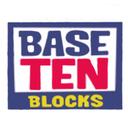
Base Ten
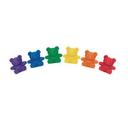
Counters
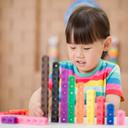
Cubes & Links
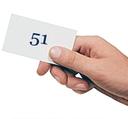
Flash Cards
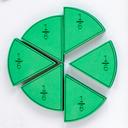
Fractions & Decimals

Geometric Solids
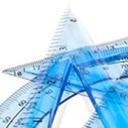
Geometry
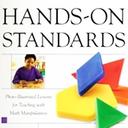
Hands-On Standards
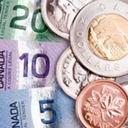
Money
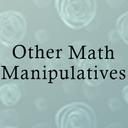
Other Math Manipulatives
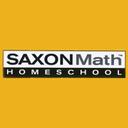
Saxon Math Manipulatives
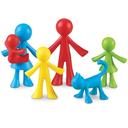
Smart Packs
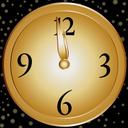
Time
So what are Math Manipulatives? Any time you use an object to help solidify a Math concept, you are using Math manipulatives. For example, if a child is learning how to count, you can count toys, buttons, pennies (if you have any saved up in a jar), rocks, and my favourite - gummy bears (you can eat them after the lesson!). You can also count each stair going up and try counting backwards going down. Board games that count, like snakes and ladders reinforce counting, Cribbage is great for addition facts. All these, and more, are Math manipulatives.
Baking is a great example of incorporating hands on math manipulatives with fractions that are added, converted, and multiplied. What child doesn't like baking? Another way to make fractions interesting is after the baking is done, divide one cookie between each child. Or cut family night pizza into equal portions. Talk about what you are doing and use mathematical terms like addition, subtraction, place value, multiplication, counting, and so on.
Many Math manipulatives can easily be made at home. Flash Cards with the concept a child may be struggling with can be constructed with a marker and card stock. Your child may like to help create, decorate and colour the cards. Number lines can be drawn on card stock. Use a ruler with a hole in the center for a balance. Children love making up card games with a deck of cards. Give them a goal of making a game with the number concept you are concentrating on and watch their creativity bloom! Roll dice and add, subtract or multiply the numbers, depending on the stage of your child.
Sometimes it is easier to purchase math manipulatives. Our family tried making base ten blocks with beans, popsicle sticks, and milk cartons. It was messy (beans somehow got everywhere) and did not get the point across to the child who was struggling with place value. But when we purchased Base Ten Blocks, and practiced with them, suddenly the concept became clear.
Rainbow fraction tiles, such as the Fraction Tower® Cubes: Equivalency Set are wonderful for giving a clear picture of the relationship between fractions, decimals and percents.
I am a firm believer that children should learn how to physically handle money, not just add and subtract it on paper. When it was time to learn about money, our family enjoyed playing store. We used real money, $20.00 worth of coins, and bought and sold almost every item in the house. If you don't want to use real money, the Canadian Currency Exchange has coins, bills, a plastic tray, and even an activity book with ideas. You can even get a cash register with Canadian currency. Playing store at home helps avoid math anxiety when a child has their first job and has to count back change.
Hands-on Math Standards is a series of grade level books that explain how to use a wide variety of hands on materials and is published by a supplier who produces many math manipulatives.
Does your child need math manipulatives? Most children will benefit with using math manipulatives at some point. Activities including manipulatives can be adapted to a wide range of learning styles and curriculum.
Here is a list of some math manipulatives: Baby bear counters; base ten blocks; pattern blocks; balances; interlocking cubes; colored chips; tangrams; Cuisenaire rods; color tiles; links; fraction tiles, circles or squares; ....
CHER has a wide variety of math manipulatives available at CanadianHomeEducation.com What are you looking for?
43 Results
43 Results